Note to NaMo: innovations and startups will lead revival of India’s agricultural industry
SocialStory interacts with India’s agrarian community, agritech startups, innovators, and policy experts to understand the demands of farmers, and the roadmap ahead for the agriculture sector.
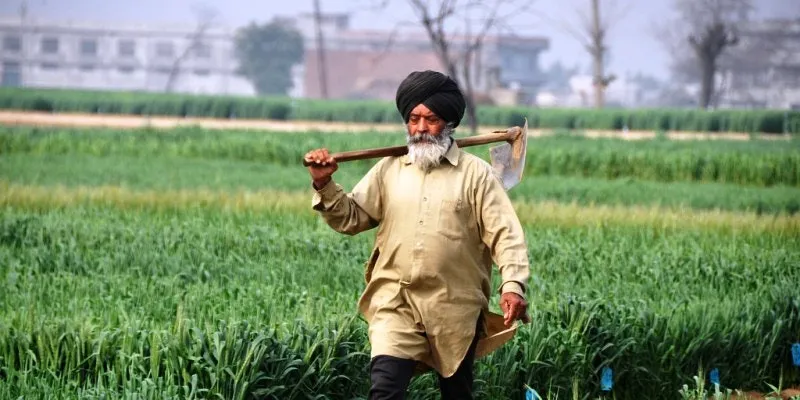
Around 44 percent of the Indian workforce is engaged in agriculture and allied activities. Hence, it is not surprising that, during the recent general elections, political parties committed their highest priority towards farmers’ welfare and agricultural productivity.
Over the last few years, the NDA government has introduced a lot of schemes from the Pradhan Mantri Kisan Samman Nidhi Yojana, which guaranteed minimum income for farmers; to Kisan Credit Card Loan Scheme, which provided short-term, interest-free loans of up to Rs 1 lakh for a period of one to five years on the condition of prompt repayment of the principal amount; and Pradhan Mantri Krishi Sampada Yojana, which aims to expand warehousing facilities along the national highways to ensure logistical linkages. And, the Narendra Modi-led government is set to further these initiatives in the next five years.
However, despite these policy interventions, the agrarian community has faced multiple challenges — droughts, crop failures, farmer suicides, and low market linkages.
SocialStory interacted with the agrarian community, agritech startups, innovators, and policy experts to understand the demands of farmers and the roadmap ahead for the agriculture sector in India.
Agriculture: a priority
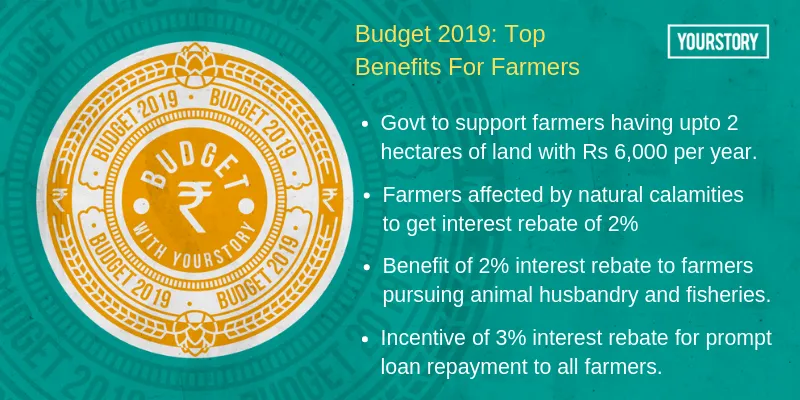
In the first Cabinet meeting on Friday, the government decided to extend the PM-KISAN scheme to all 14.5 crore farmers, costing Rs 87,000 crore a year, and also announced a Rs 10,000 crore pension scheme for five crore farmers, fulfilling the BJP's poll promise.
Announcing the two key decisions, new Agriculture Minister Narendra Singh Tomar said the Modi 2.0 government announced the landmark decision for the community during its first Cabinet meeting.
"The Union Cabinet has approved to extend the ambit of the scheme by including all land-holding eligible farmer families under the scheme, subject to the prevalent exclusion criteria," Tomar told reporters after the meeting.
The Rs 75,000-crore Pradhan Mantri Kisan Samman Siddhi (PMKSS) was announced in the Interim Budget under which the government decided to provide Rs 6,000 per year (in three equal instalments) to an estimated 12.5 crore small and marginal farmers holding land up to two hectares.
In another major decision, Tomar said the Cabinet also approved the Pradhan Mantri Kisan Pension Yojana under which small and marginal farmers would get a minimum fixed pension of Rs 3,000 per month on attaining the age of 60 years.
"In the initial phase, the government will cover minimum five crore small and marginal farmers in the first three years," he said, adding that this would cost Rs 10,774.5 crore per annum to the exchequer.
Focus on policy implementation
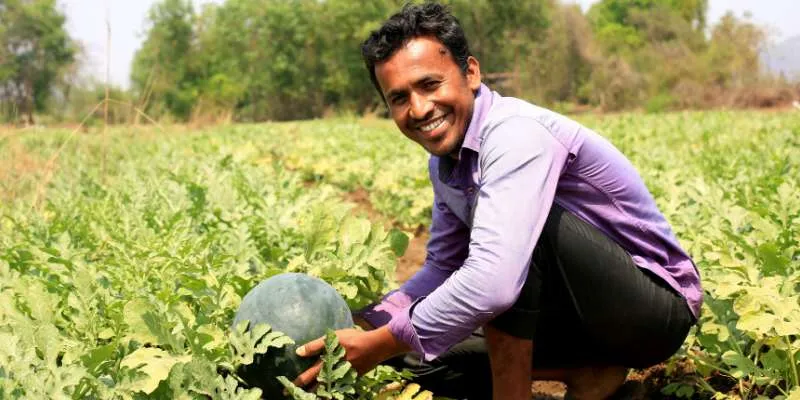
Despite the promises made by the government, farmers remain sceptical about the work and impact on the ground.
Prem Kishore, a farmer who owns three acres of land in Karnal district, rural Haryana, says:
“The policies were meant to ease our lives but did not reach the entire agri-community. For the Kisan Credit Card Loan Scheme, I had to go the Gramin Bank multiple times to get access to benefits. And even the farm loan waiver failed to aid many of the farmers - the amount we received was simply inadequate.”
With each passing year, the plight of the farming community has only worsened. The Wholesale Price Index for 2018-19, for primary food articles, was negative for six consecutive months — July to December — indicating a fall in the price of commodities. The same year also witnessed the lowest growth with a 2.7 percent increase in farm sector output, year on year.
As a result, over with the last three years, we have seen farmer agitations get more aggressive as they hit the streets of Mumbai, Madhya Pradesh, Tamil Nadu, Telangana, Karnataka, and Delhi.
Discussing the root cause of this agitation, Aruna Roy, former National Advisory Committee member who has been instrumental for the enactment of the Right to Work (NREGA) and the Right to Food Act, and the Founder of the Mazdoor Kisan Shakti Sangathan, tells SocialStory:
“Nobody is having a dialogue with farmers. The entire farming sector is being threatened in multiple ways. The first thing the government needs to do is sit down and talk to them, considering they are such a huge number in India.”
Demand for market linkages
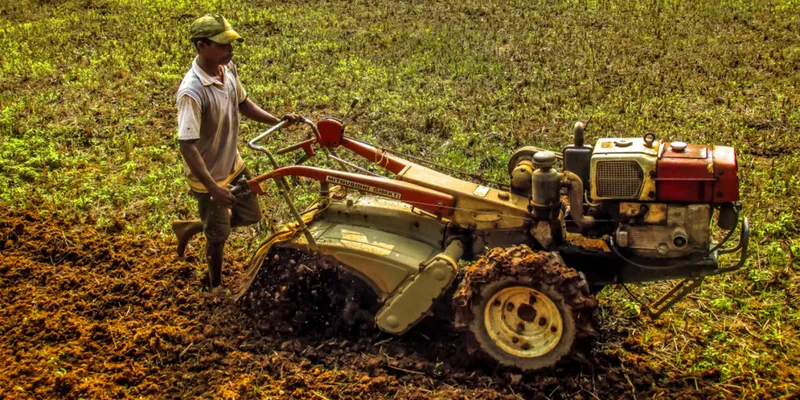
After working with over 2.5 lakh farmers across India, Balaji Balaraman, Founder of AgriBolo, believes that ground-level partnership and co-ownership model in the agri-sector — one that is inclusive, sustainable, and scalable — is the only way to bring farmers out of the vicious cycle of loans, crop failure, and debts.
“Marketing is the solution. You need a transparent pricing mechanism in the mandi, and e-NAM (National Agriculture Market) needs to be implemented widely. Transparency needs to be there in crop insurance as well.”
At present, agricultural markets are regulated by state Agricultural Produce Marketing Committee (APMC) laws under which farmers are mandated to sell their produce at state-owned mandis. However, these mandis have failed to ease the income challenges faced by farmers. For instance, APMC mandis currently levy a market fee on farmers who wish to sell their produce, making it an expensive deal. In addition, farmers have to arrange for their produce to be transported from their farms to the nearest mandi, which brings in costs of transport and fuel as well.
“Thus, the market price which the farmer receives for his produce is significantly lower than the price at which his produce is sold to the retailer,” says Tanvi Deshpande, author of ‘State of Agriculture in India’ by PRS India.
Innovation and startups: the way forward
A way out of this rut is through innovations and startups.
Dr M Selvamurthy, a former scientist at the Defence Research and Development Organisation (DRDO) and President of Amity Science, Technology and Innovation Foundation, tells SocialStory,
“We can bring an ‘evergreen’ revolution in India. The first green revolution transformed us from a 'begging bowl’ to a ‘bread basket'. Now, it’s time for us to adopt the 'evergreen' revolution to make India a leader in this sector, and make our farmers rich, happy, and sustainable.”
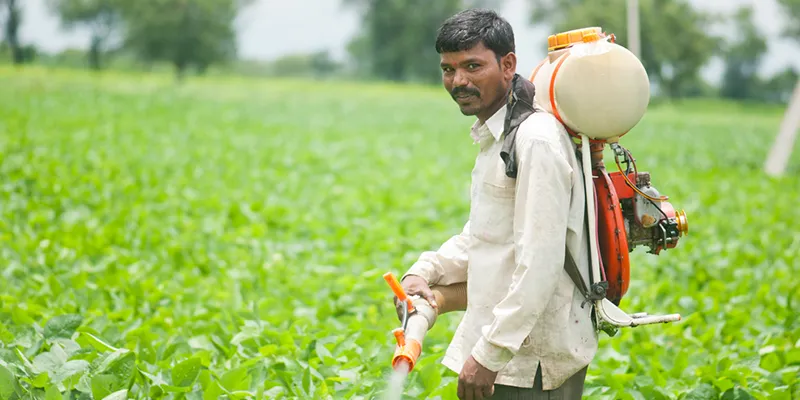
He believes the government, startups, and tech innovators must look at the needs of the farmers first. Also, the government must help farmers to increase the per-hectare productivity of the land.
Alternatively, the government needs to create sustainable sources of income for the farmer through solar farming. Prof Ashok, from the Department of Electrical Engineering in IIT Madras, says:
“Renewable energy is here to stay. More so is solar energy, which we have in abundance, and policies are supporting the growth of solar.”
For instance, the BJP government’s Kisan Urja Suraksha evam Utthaan Mahabhiyan provided 27.5 lakh solar pumps (17.50 lakh standalone plus 10 lakh grid-connected), which helped farmers to install a total 10 GW of Solar Power Plants of an intermediate capacity of 0.5 to 2 MW each.
Krishna Kumar, Founder and CEO of CropIn Technologies, says,
“To feed the 9.7 billion people in the world in 2050, agriculture efficiency must increase by 35-70 percent, and technology is the key. India’s rich mix of farming practices and small landholdings provide a massive data set to inform our models.”
Suicides and droughts are a reality for a majority of India’s population. Startups can offer a fresh perspective and ideas to help farmers resolve issues of capital and market reach. However, the scale of startups and investment in the sector remains low. Given the massive range of issues faced by the agrarian community, it is important for governments and larger institutions to take similar approaches to revive the agriculture sector of India.










